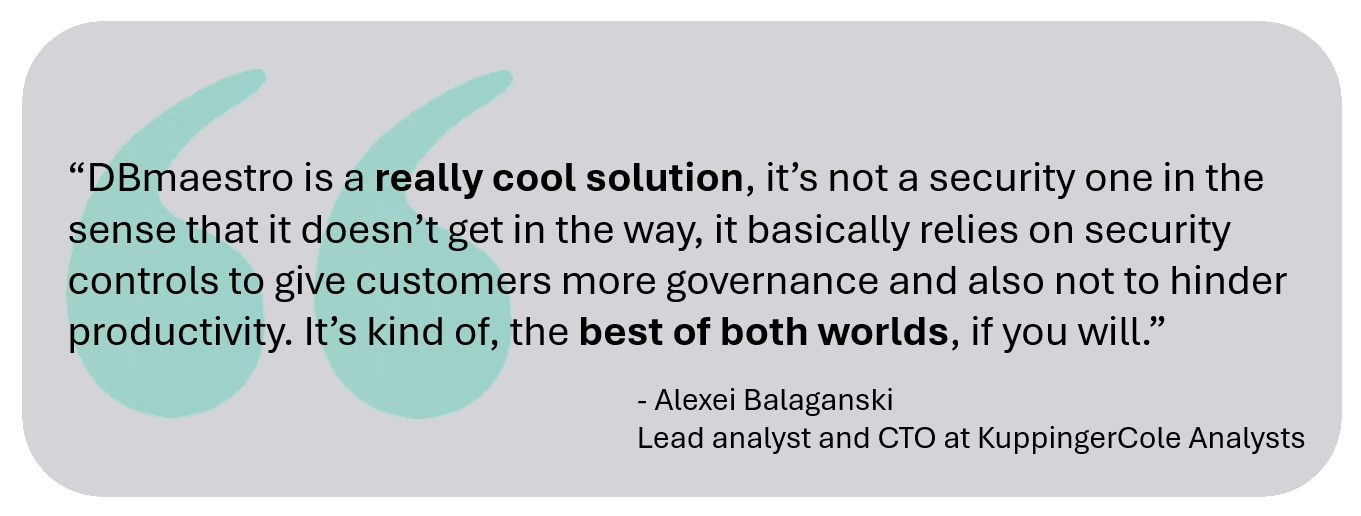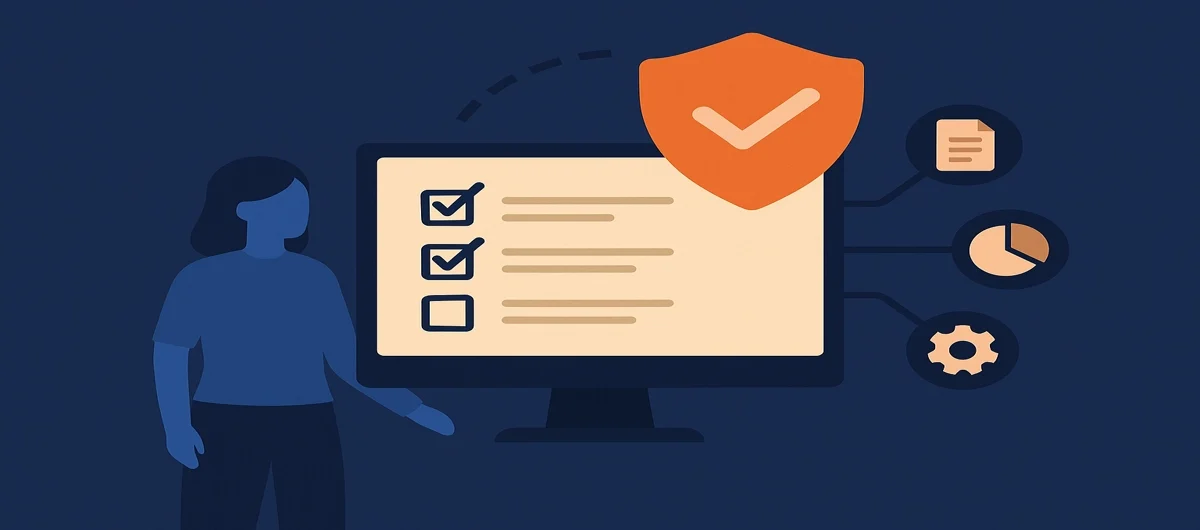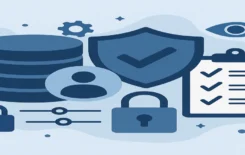Regulatory compliance automation is revolutionizing how businesses manage their compliance obligations. By leveraging advanced technologies, companies can streamline their compliance processes, reduce errors, and stay ahead of regulatory changes. This approach not only enhances efficiency but also significantly improves an organization’s ability to maintain continuous compliance in an ever-evolving regulatory landscape.
Understanding Regulatory Compliance Automation
Regulatory compliance automation refers to the use of technology and software to simplify and automate tasks required to meet regulatory standards. It integrates with a company’s existing systems to continuously monitor and enforce policies, automating processes such as tracking regulations, gathering data, and enforcing policies across various platforms. This automation reduces manual effort, minimizes human error, and enables organizations to adapt quickly to regulatory updates.

The Challenges of Keeping Up with Regulatory Changes
Organizations face significant challenges in tracking and adhering to evolving regulations. The complexity and frequency of regulatory changes can overwhelm compliance teams, leading to potential oversights and compliance gaps. Manual processes are often time-consuming and prone to errors, making it difficult for businesses to maintain consistent compliance across all operations.
How Automated Tools Help Achieve Regulatory Compliance
Automated tools play a crucial role in achieving and maintaining regulatory compliance:
Real-Time Monitoring and Alerts for Compliance Updates
Compliance automation platforms provide real-time monitoring of regulatory changes and compliance activities. These systems can quickly detect potential issues and alert relevant teams, enabling prompt responses to new requirements or compliance risks.
Policy Enforcement and Automated Compliance Audits
Automation ensures consistent application of compliance policies across an organization. It facilitates automated audits, reducing the manual overhead associated with compliance checks and providing more accurate, up-to-date compliance status reports.
Data Security and Privacy Compliance Automation
For regulations like GDPR and HIPAA, automation tools can help manage data privacy requirements more effectively. They can track data access, enforce data protection policies, and generate necessary documentation for audits.

Key Features to Look for in Compliance Automation Tools
When selecting regulatory compliance automation tools, consider the following essential features:
- AI-driven analysis for intelligent risk assessment
- Comprehensive reporting capabilities
- Real-time monitoring and alert systems
- Integration with existing IT infrastructure
- Customizable workflows to match specific compliance needs
- Audit trail functionality for transparency
Best Practices for Implementing Regulatory Compliance Automation
To successfully implement regulatory compliance automation:
Establishing a Compliance-First Culture
Leadership should prioritize compliance and encourage a culture where all team members understand its importance. This mindset shift is crucial for the effective adoption of automation tools.
Selecting the Right Automation Tools for Your Industry
Choose tools that align with your industry’s specific regulatory requirements. Consider factors such as scalability, ease of integration, and support for industry-specific standards.
Integrating Compliance Automation into DevOps Workflows
Incorporate compliance checks into CI/CD pipelines and cloud environments to ensure that compliance is maintained throughout the development and deployment process. This integration helps catch potential compliance issues early in the development cycle.
Key Takeaways
- Regulatory compliance automation reduces manual effort and improves accuracy in meeting compliance requirements.
- Real-time monitoring and alerts help organizations stay proactive in addressing regulatory changes.
- Automated policy enforcement and audits ensure consistent compliance across the organization.
- Selecting the right tools and establishing a compliance-first culture are crucial for successful implementation.
Conclusion
Regulatory compliance automation is becoming increasingly essential for businesses looking to maintain compliance in a complex regulatory environment. By leveraging automated tools, organizations can significantly reduce the risk of non-compliance, improve efficiency, and stay ahead of regulatory changes. This proactive approach not only helps avoid potential penalties but also enhances overall operational effectiveness and security.
As regulations continue to evolve, the importance of regulatory compliance automation will only grow. Businesses that embrace these technologies now will be better positioned to adapt to future changes and maintain a competitive edge in their industries.
To learn more about how you can implement regulatory compliance automation in your organization, explore the solutions offered by DBmaestro. Our advanced tools can help streamline your compliance processes and ensure your database DevOps practices align with the latest regulatory requirements.






